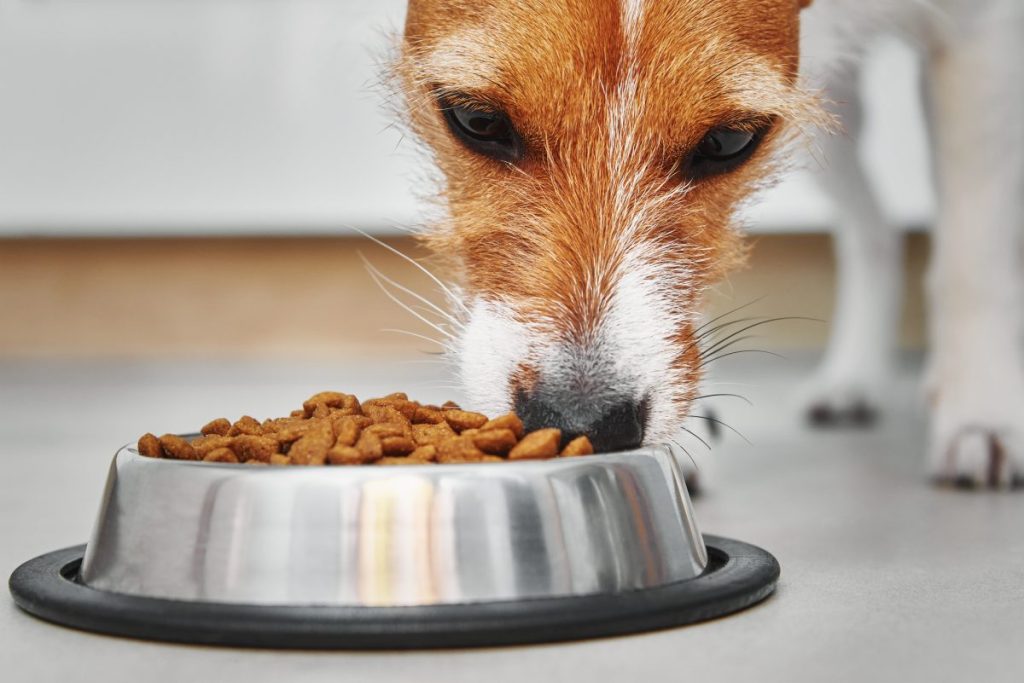As more people understand the importance of nutrition to their own health, they’re starting to consider what’s in their dog’s food as well. Food manufacturers are only too happy to oblige, and the latest products are likely to be labeled raw, human-grade, or organic. They’re also likely to include healthy ingredients, such as blueberries and…








